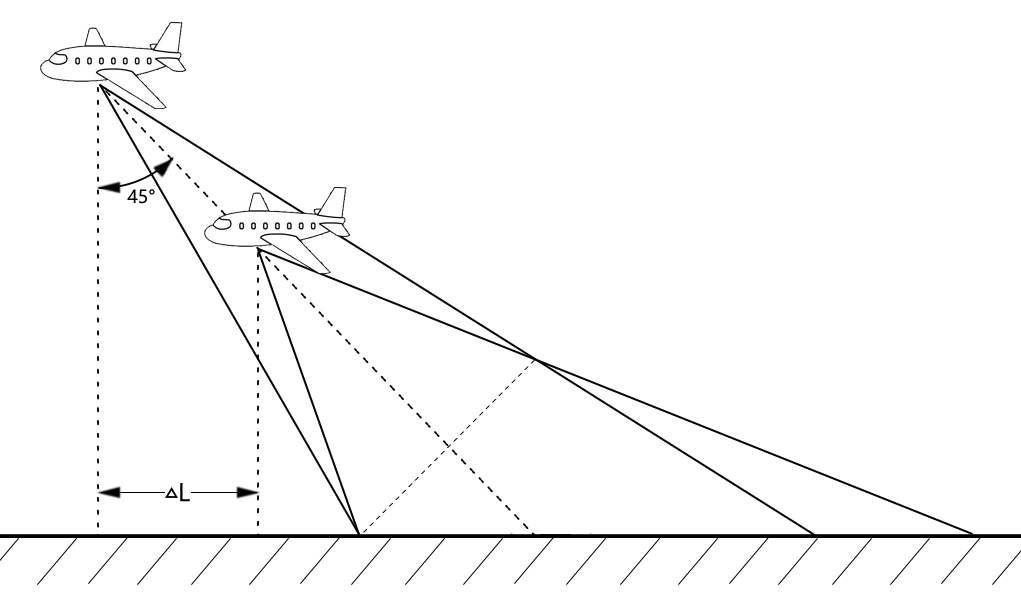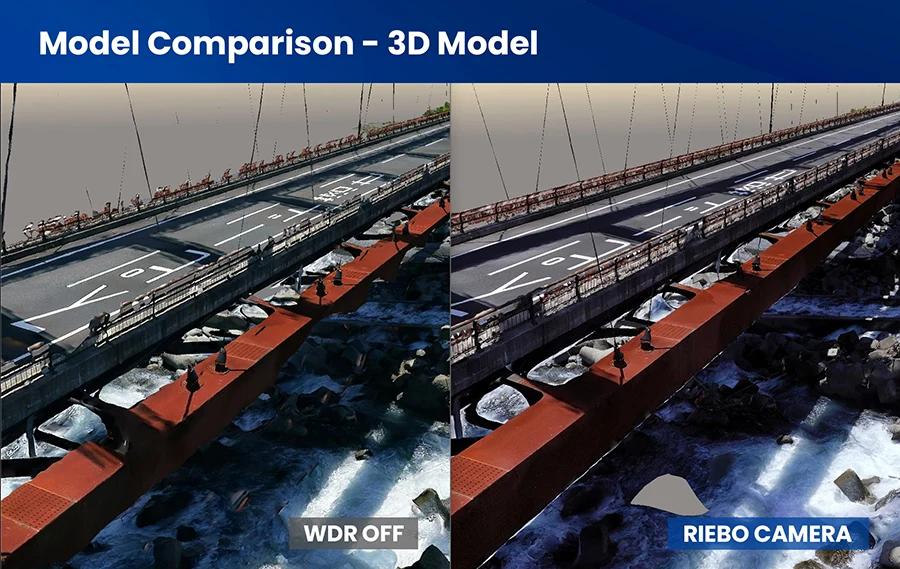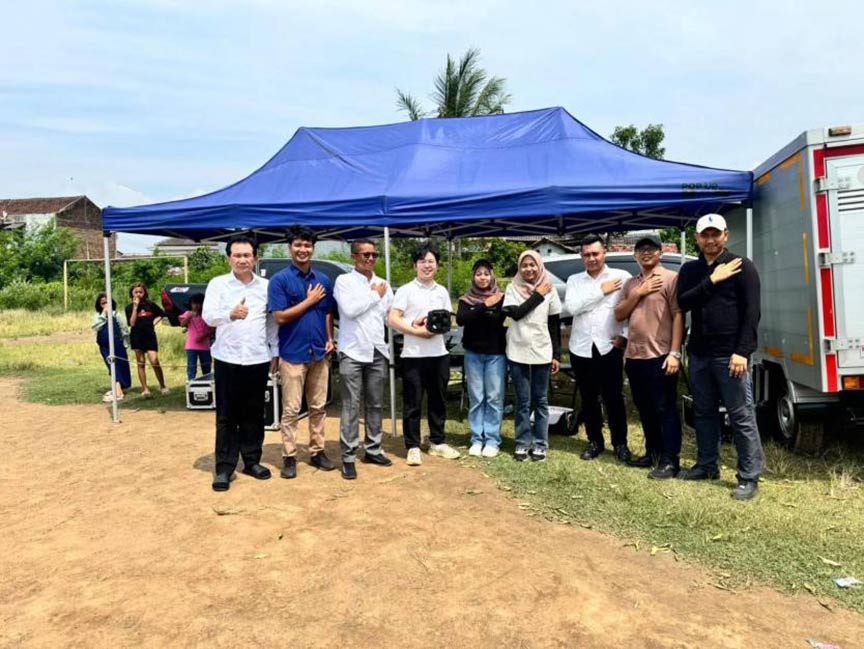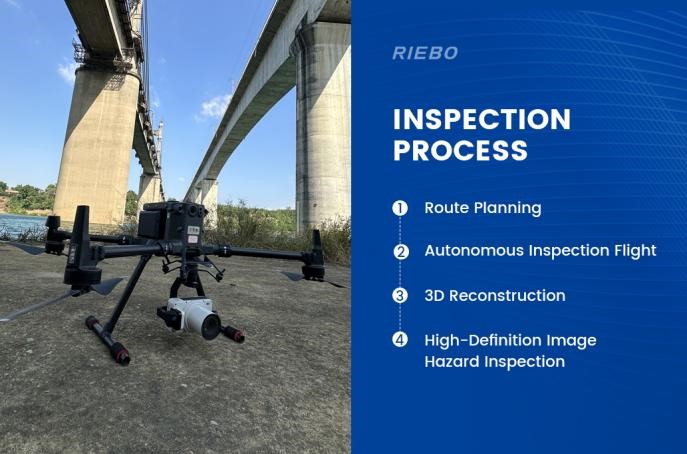1. What is Focal Length (f)?
Focal length (f) is a critical parameter of an optical lens that determines the size of the object being imaged on the sensor, equivalent to the scale of the object and the image.
For digital cameras (DSC), the imaging medium is usually a digital image sensor (primarily CCD and CMOS sensors). In aerial surveying, the length of the lens focal length dictates the ground sample distance (GSD) of the resulting images.
When capturing the same target object at the same distance, a longer focal length lens will produce a larger image while a shorter focal length lens will produce a smaller image. The length of the lens focal length determines the size of the image, the field of view, depth of field, and the strength of perspective in the image.
The difference in focal length of camera lenses can vary significantly depending on the intended application, ranging from a few millimeters to several meters. For aerial photography, the focal length of lenses typically falls within the range of 20mm to 100mm (without taking into account the impact of lens distortion).

2. What is the Field of View (FOV)?
The field of view (FOV) in optical instruments refers to the angle formed by the maximum range of the image of the measured target object passing through the edge of the lens, with the lens center point as the vertex. The size of the FOV determines the viewing range of the optical instrument, and a larger FOV leads to a wider viewing range but a smaller optical magnification. To put it simply, if the target object falls outside the FOV, the light reflected or emitted by the object will not enter the lens, thus making it impossible to capture an image.

3. The interrelationship between Focal Length (f) and Filed of View (FOV)
There are generally two misunderstandings among customers regarding the focal length of oblique photography cameras:
1) The longer the focal length, the higher the drone's flying altitude, and the larger the image coverage area.
2) The longer the focal length, the larger the coverage area, and the higher the operational efficiency.
The reason why customers have the above two misunderstandings is that they do not recognize the relationship between focal length and FOV. It's important to note that a longer focal length translates to a smaller FOV, while a shorter focal length results in a larger FOV. Therefore, assuming that the physical size of the frame, frame resolution, and acquisition resolution remain constant, changing the focal length will only impact the flying altitude, and the area covered by the camera on the ground will typically remain unchanged.

There is another way that is easier to understand. Take the DG6Pros lens with a pixel size of 9504×6336 as an example. For the orthophoto lens, the calculation formula for the ground projection area covered by the entire aerial image is (GSD*9504)*(GSD*6336). If the aerial resolution is 2cm, it means that the ground projection area covered by each pixel is 2*2cm. Therefore, the ground projection area covered by the entire aerial image is 19008*12672cm, which is 190*127m.
From the formula for calculating the coverage area, it can be seen that the coverage area of the aerial image is independent of the focal length. Therefore, when the resolution is determined, the coverage area of the aerial image is also determined. Regardless of how the focal length changes, it will not affect the actual coverage area of the aerial image.
4. The Relationship of Focal Length and Efficiency
After gaining a comprehensive understanding of the correlation between focal length and field of view (FOV), it is important to note that some individuals may assume that focal length does not affect flight efficiency. While this statement holds some validity in the context of ortho photogrammetry, it is essential to recognize that a longer focal length results in the drone flying at higher altitudes, consuming more energy, and reducing the endurance time, ultimately decreasing overall efficiency.

In the case of oblique photography, longer focal lengths can result in decreased efficiency. This is because oblique cameras typically utilize an oblique lens that is tilted at a 45° angle. To ensure that image data of the exterior outside the measured area is collected, the flight line must be expanded outward. The angle of the oblique lens results in the formation of a right-angled isosceles triangle.
Assuming that the attitude of the drone flight is not considered, and the requirement for flight planning is that the oblique lens's main optical axis should precisely capture the boundary line of the measurement area, the distance of the drone's outward expansion of the flight path is equal to the drone's flight height.
Therefore, if the coverage area of the flight line remains the same, a short focal length lens is more efficient in capturing a larger effective area than a long focal length lens.
Generally, oblique photography Operation Efficiency Tables specify that the efficiency values only represent the drone's flying projection area and the effective area is smaller than the flight projection area.
For clients focusing solely on cadastral surveying projects in relatively flat areas, we recommend utilizing a half-frame oblique camera to enhance operational efficiency. However, in more comprehensive scenarios such as large-scale fixed-wing urban projects or terrain with complex features, we suggest employing a full-frame oblique camera with a longer focal length or a medium-format oblique camera with superior performance to attain superior modeling outcomes.
Conclusion
Focal length (f) and field of view (FOV) are fundamental parameters in aerial photogrammetry and have a substantial impact on the modeling outcomes of oblique photography. In the following article, we will elaborate on how the Rainpoo R&D team effectively balances the interrelation between these parameters and accomplishes superior modeling results in diverse scenarios.




Your technical blog is a must-read for anyone looking to expand their knowledge in the field.
The posts are informative and easy to understand, even for those new to the industry.